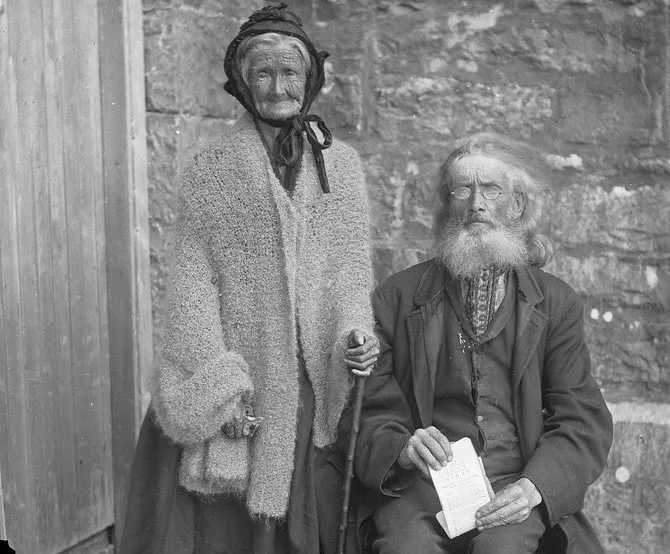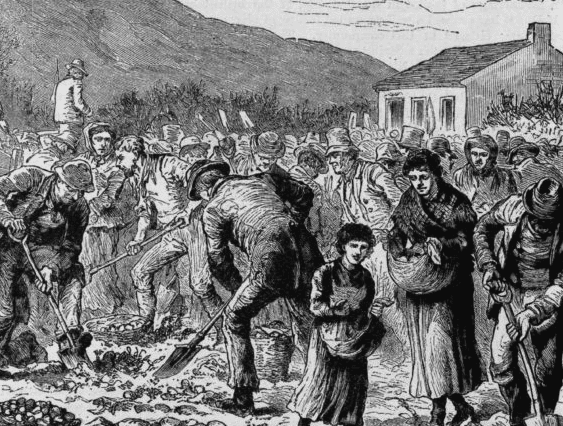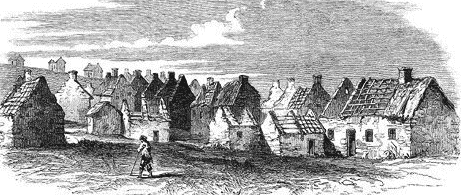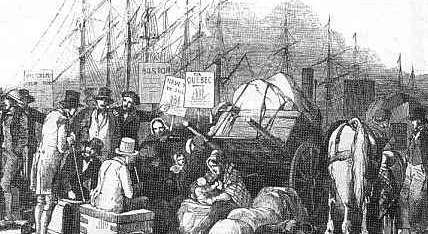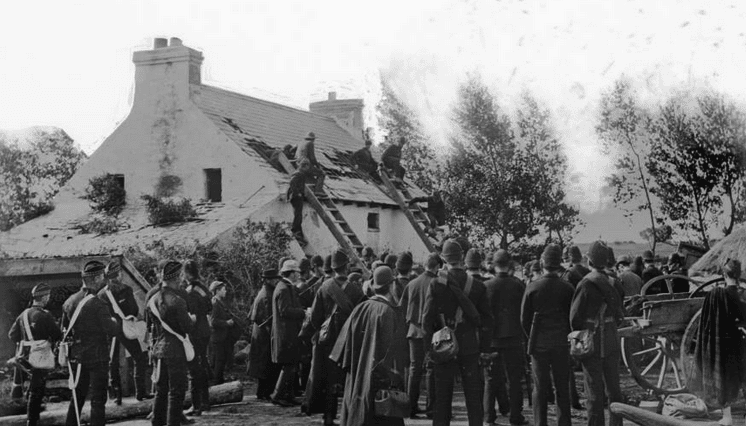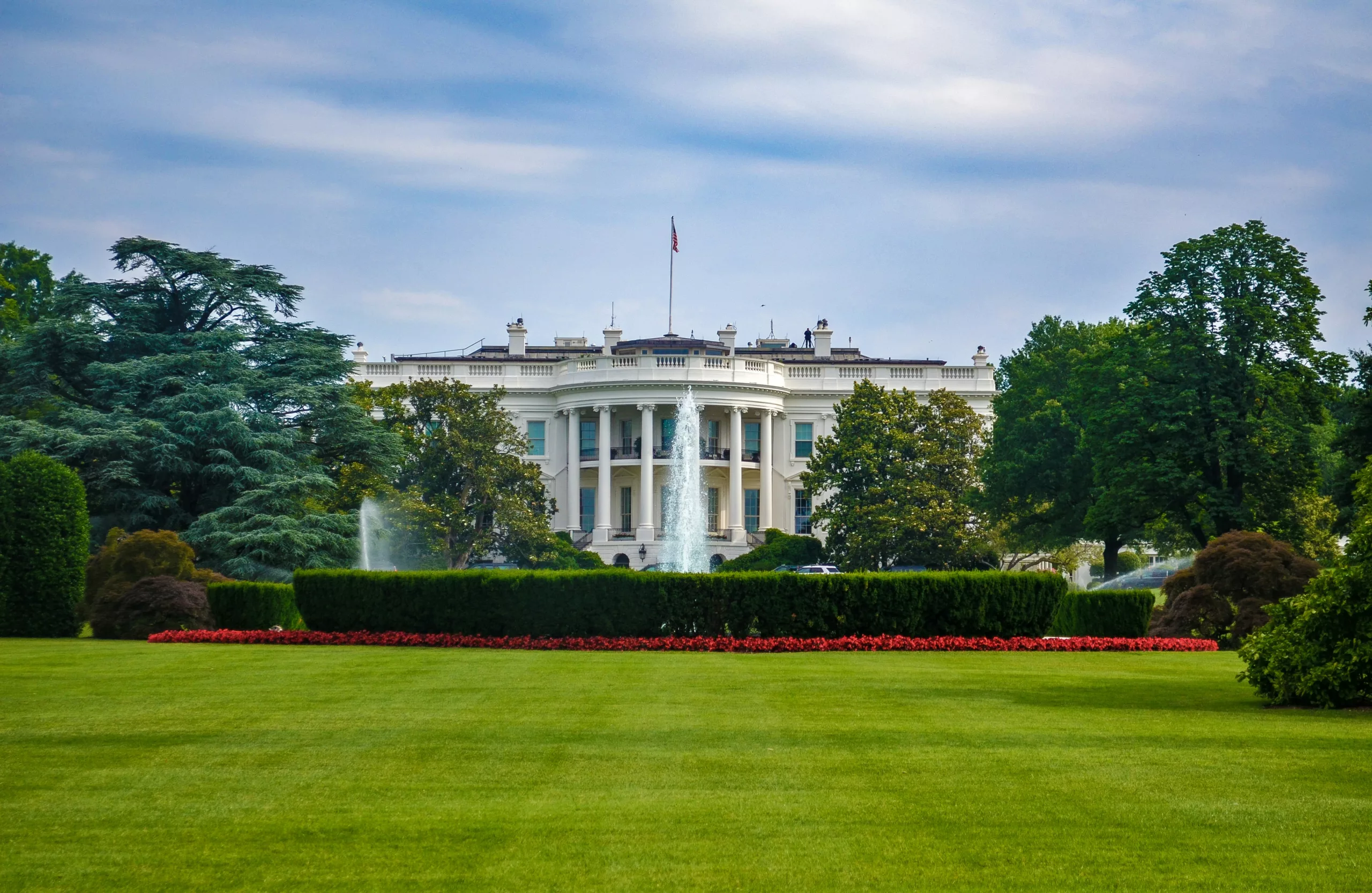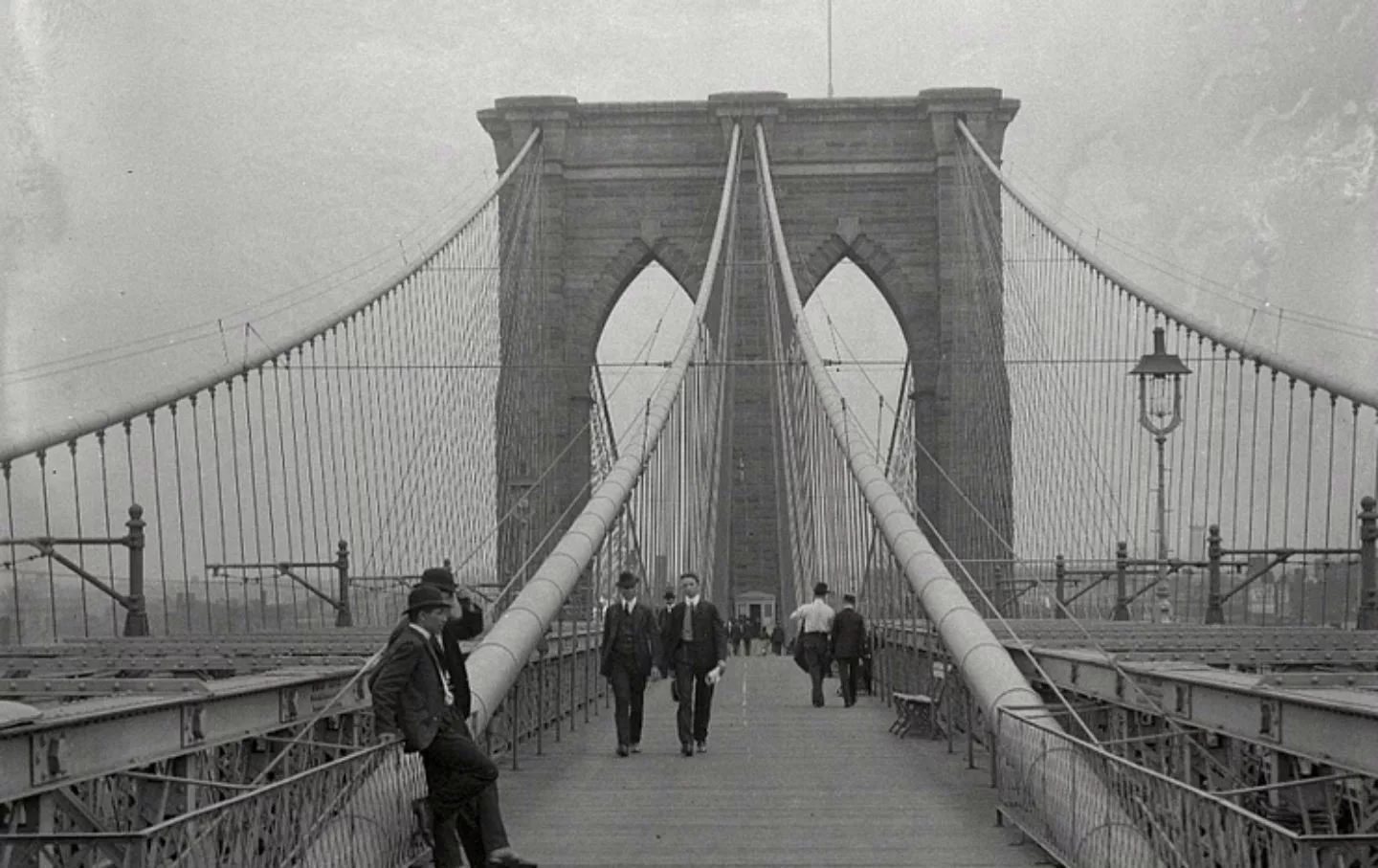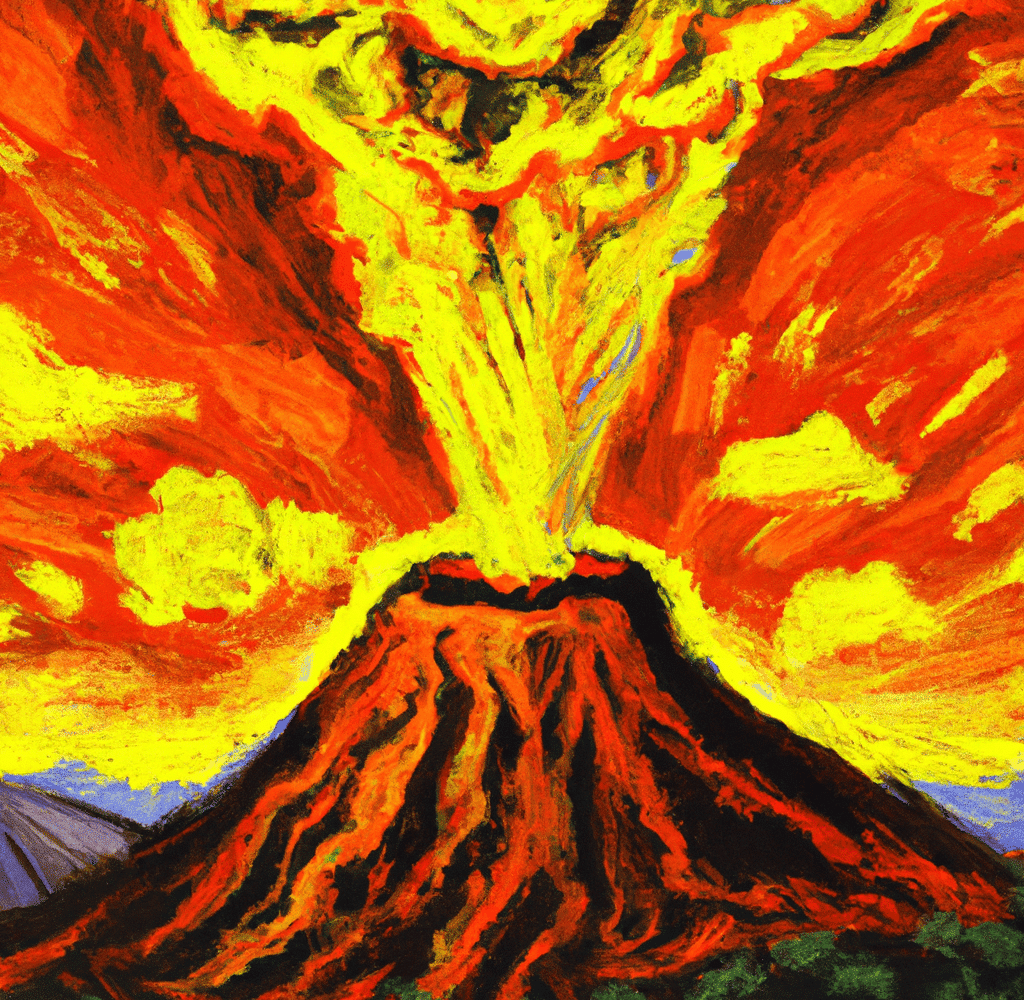In 1845, a deadly fungus spread throughout Ireland. It decimated the potato crop the population needed for survival. The results were catastrophic. This became known around the world as the Potato Famine.
But, what *exactly* was the Potato Famine? And more importantly: How did it happen? Let’s look at one of the most tragic periods in Ireland’s history.
Mother and son from County Clare, Ireland, circa 1890. Both survivors of the Irish Potato Famine that occurred 45 years prior, where the population of Ireland fell by 20-25% due to death and emigration. pic.twitter.com/prF4kZtSgI
— Historic Vids (@historyinmemes) November 18, 2022
What was the Potato Famine?
The Potato Famine, also known as the “Great Hunger” or Irish Potato Famine, was a catastrophic event that occurred from 1845 to 1852. The famine became a defining moment in Irish history. It was a time of starvation, disease and social crisis that impacted the lives of millions.
The famine’s lasting effects caused permanent changes to Ireland’s demographic and political landscape. This period worsened an already tense relationship between the Irish people and British government.
What Caused the Potato Famine?
In Ireland and similar European regions, growing potatoes became farmers’ year-round staple.. The potato was a relatively quick and easy crop to develop that required very little space. Potatoes were a main food source as more than two-thirds of Ireland heavily relied on agriculture to survive. That’s a lot of pressure to put on a crop! The farmers faced similar stress. They were required to work hard for their landlords. In return, they received a small plot of land needed to feed their families.
In 1845, the “late blight” disease caused the crops to start failing. It destroyed both the edible roots and the potato plant leaves. Late blight’s causative agent was the water mold Phytophthora infestans. This caused the crops in the fields to rot. The rotting continued year after year – destroying the Irish population’s primary food source.
During this period, Ireland was under British rule. In the years of crisis, Irish peasantry could not pay landlords their rent.Resulting in hundreds of thousands of farmers and laborers’ evictions. They couldn’t afford the meat, grain and other quality foods from their own farms. But throughout the famine, the starving population was still required to export this food to Britain.
How Did the Famine End?
In 1852, the crop made a partial return, which ended the famine. Unfortunately, the Potato Famine’s primary reason for ending was because those affected had either died or fled Ireland. While small relief efforts were undoubtedly made, they did not play a significant role in stopping this terrible event.
Impact of the Potato Famine
The Potato Famine’s impact on Ireland is still present today. When it ended, one million people died from starvation or starvation-related diseases. Meanwhile, another two million left the country. Between 1841 and 1850, the United States reported 49% of total emigration were Irish.
The population of Ireland went from over 8 million to 6.5 million. This was followed by an even more drastic decline over the next 100 years. By the turn of the century, the Irish population was at just 4.5 million.
Ireland is the only European country with a lesser population today than in 1840. More people of Irish descent live outside of Ireland than within it.
The Aftermath of the Potato Famine
The aftermath of the Potato Famine only made the Irish nationalists and British government’s relationship worse. The questionable decision to continuously export much-needed food from Ireland’s starving population caused resentment. This was also the Irish’s proof that self-government was necessary as their independence movement continued to grow.
In 1879, the potato blight returned. But by this time, the Land Wars were underway. The Land Wars were the most significant agrarian movement that 19th century Europe has ever seen. It was organized by a group known as the Land League. The League boycotted landlords and physically stopped farmers from being evicted. This led to a drop in homelessness, resulting in a drastic reduction in deaths.
The Famine’s Tragic Legacy
The Potato Famine was a sad and tragic event in our world’s history. But, through all tragedy, we must apply the lessons learned to prevent future crises. Memorials were built all over the world to remember the millions that died or were forced to leave their homes.

